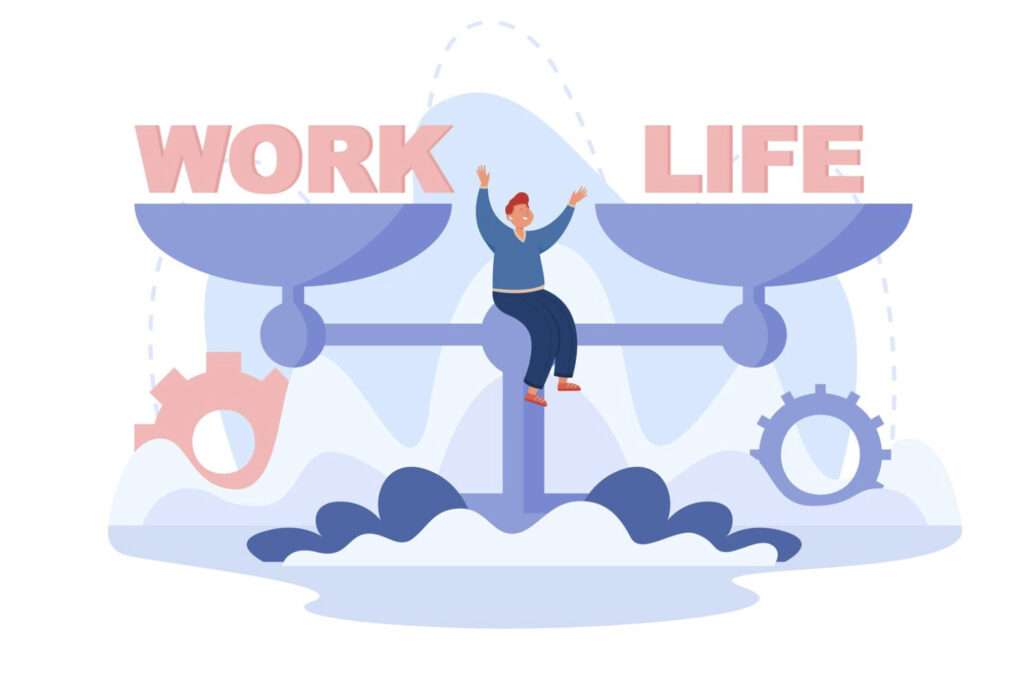
Balancing work and life is a challenge many leaders face. The demands of leadership can often overshadow personal needs, leading to burnout and reduced effectiveness. Finding harmony between professional responsibilities and personal life is essential for sustained success and well-being. This guide offers practical strategies to help leaders achieve a healthy work-life balance.
Understanding the Importance of Work-Life Balance
Work-life balance is crucial for maintaining both productivity and well-being. Leaders often struggle with this balance due to the high demands of their roles. They may feel pressured to be constantly available, leading to long hours and increased stress. Understanding the importance of work-life balance can help leaders prioritize it. A balanced approach not only benefits leaders but also sets a positive example for their teams. It leads to higher job satisfaction, better performance, and a more harmonious work environment.
Why Leaders Struggle with Work-Life Balance
Leaders face unique challenges in maintaining work-life balance. The expectation to be available around the clock, coupled with the responsibility of making critical decisions, can make it difficult to disconnect from work. Additionally, leaders often have to manage multiple tasks simultaneously, which can blur the lines between work and personal time. The pressure to perform and meet high standards further complicates the ability to achieve balance. Recognizing these challenges is the first step towards finding effective solutions.
Practical Strategies for Balancing Work and Life
Balancing work and life requires intentional strategies. Here are some practical tips to help leaders achieve this balance:
Setting Boundaries
Setting clear boundaries between work and personal time is essential. Leaders should define specific work hours and stick to them as much as possible. This includes turning off work-related notifications during personal time. Communicating these boundaries to colleagues and team members can help manage expectations. It’s also important to create a designated workspace at home to physically separate work from personal life.
Prioritizing Tasks
Effective prioritization can significantly improve work-life balance. Leaders should identify the most critical tasks and focus on completing them first. This can be done by creating a daily or weekly task list and categorizing tasks based on urgency and importance. Delegating less critical tasks can also free up time for personal activities. Utilizing tools like calendars and task management apps can aid in organizing and prioritizing tasks effectively.
Delegating Responsibilities
Delegating responsibilities is a key component of effective leadership. Leaders should empower their team members by delegating tasks that can be handled by others. This not only reduces the leader’s workload but also promotes team growth and development. Clear communication and trust in the team’s abilities are essential for successful delegation. Regular check-ins can ensure that tasks are on track while allowing leaders to focus on higher-level responsibilities.
The Role of Self-Care in Leadership
Self-care is vital for leaders to maintain their energy and focus. It involves taking care of both physical and mental health to ensure overall well-being.
Physical Health
Maintaining physical health is crucial for sustained leadership. Regular exercise, a balanced diet, and adequate sleep are fundamental components of physical well-being. Leaders should schedule time for physical activities and ensure they are getting enough rest. Taking short breaks during the day can also help rejuvenate the mind and body, improving overall productivity.
Mental Well-being
Mental well-being is equally important for effective leadership. Leaders should practice mindfulness and stress-reducing techniques such as meditation or yoga. Taking time for hobbies and activities that bring joy can also enhance mental health. Seeking professional help when needed and talking about challenges with trusted individuals can provide valuable support. Prioritizing mental health leads to better decision-making and a more positive outlook on work and life.
Building a Supportive Work Environment
A supportive work environment is essential for promoting work-life balance among leaders and their teams.
Encouraging Team Balance
Leaders should encourage their teams to maintain a healthy work-life balance. This can be done by promoting flexible work hours, encouraging regular breaks, and supporting remote work when possible. Providing resources and training on time management and stress reduction can also be beneficial. When team members feel balanced, it creates a more productive and positive work environment.
Leading by Example
Leaders set the tone for their teams. By prioritizing their own work-life balance, leaders can inspire their team members to do the same. This includes taking breaks, using vacation days, and disconnecting from work outside of office hours. Demonstrating a commitment to balance shows that it is valued and achievable, fostering a culture of well-being within the organization.
Utilizing Technology for Better Balance
Technology can be a powerful ally in achieving work-life balance. Here are some ways leaders can leverage technology:
Productivity Tools
Productivity tools like project management software, calendar apps, and time-tracking tools can help leaders stay organized and efficient. These tools allow for better task management and scheduling, reducing the risk of overworking. Setting reminders and deadlines can ensure that tasks are completed on time, freeing up personal time.
Communication Platforms
Effective communication is key to maintaining work-life balance. Using communication platforms like Slack, Microsoft Teams, or Zoom can streamline interactions and reduce the need for constant email checking. Setting clear communication guidelines, such as response times and availability hours, can help manage expectations and prevent work from encroaching on personal time.
Conclusion
Balancing work and life as a leader is challenging but achievable with the right strategies. By setting boundaries, prioritizing tasks, and delegating responsibilities, leaders can create a more balanced lifestyle. Prioritizing self-care and building a supportive work environment further enhances well-being. Utilizing technology can also aid in maintaining balance. By committing to these practices, leaders can achieve sustained success and a fulfilling personal life.